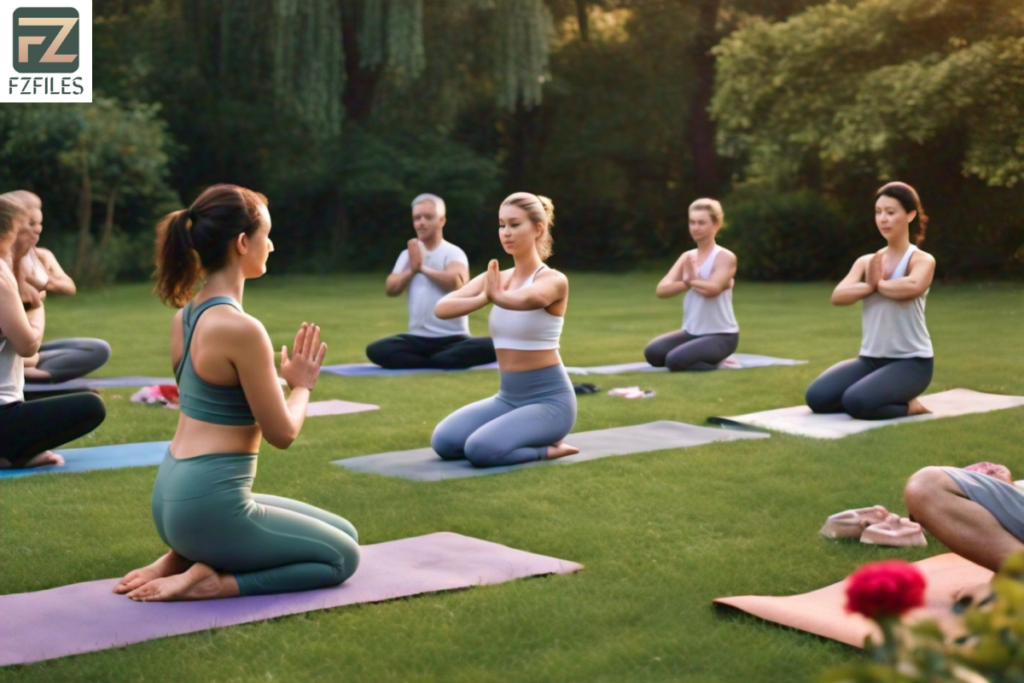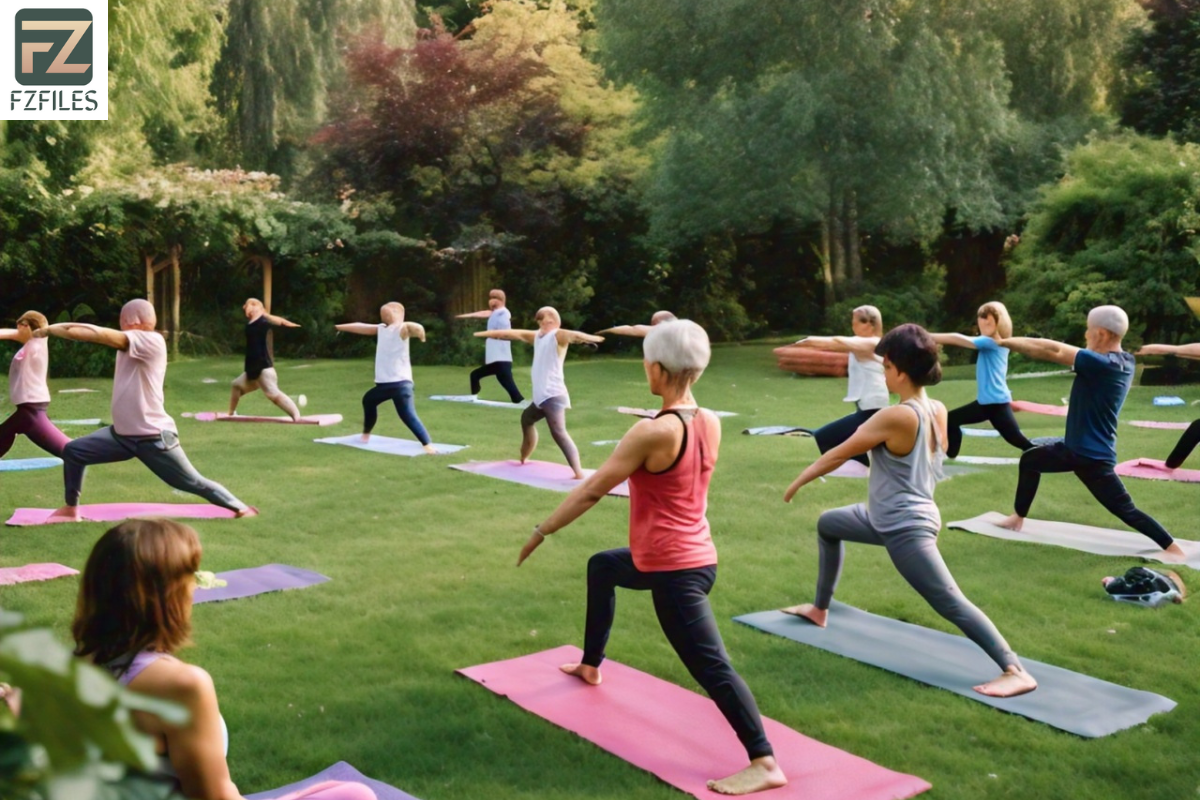Yoga has long been recognized as a powerful tool for reducing stress and anxiety. By combining physical movement with mindfulness and breathwork, yoga has been shown to decrease cortisol levels, improve mood, and enhance overall well-being. In this article, we will explore how yoga can be used for stress relief, including poses, breathing techniques, and meditation practices.
The Science Behind Yoga for Stress Relief
Yoga has been extensively researched for its stress-reducing effects, and the scientific community has made significant progress in understanding the underlying mechanisms. Studies have shown that yoga can modulate the body’s stress response system, known as the hypothalamic-pituitary-adrenal (HPA) axis. This system regulates the release of stress hormones like cortisol and adrenaline.
The physical postures (asanas) and breathing techniques (pranayama) used in yoga have been found to stimulate the parasympathetic nervous system, which promotes relaxation and reduces stress. Furthermore, yoga’s mindfulness and meditation components have been shown to increase activity in areas of the brain associated with stress reduction and emotional regulation.
Scientific evidence suggests that yoga is a valuable tool for managing stress and promoting overall well-being. By incorporating yoga into your daily routine, you can harness its stress-reducing effects and improve your overall health.
Yoga Poses for Stress Relief
1. Relaxing Child’s Pose (Balasana)
This pose is a gentle stretch for the back and hips, promoting relaxation and reducing stress. Kneel on the mat, then sit back on your heels. Stretch your arms out in front, lower your forehead, and breathe deeply.
2. Calming Downward-Facing Dog (Adho Mukha Svanasana)
This pose stretches the entire body, calming the mind and reducing stress. Start on all fours, then lift your hips and back, straightening your arms and legs. Keep your head in a neutral position and breathe deeply.
3. Grounding Mountain Pose (Tadasana)
This pose promotes balance and stability, reducing stress and anxiety. Stand tall with your feet hip-width apart, arms by your sides, and engage your core. Feel grounded and centered, breathing deeply.
4. Rejuvenating Cobra Pose (Bhujangasana)
This pose strengthens the back muscles and opens the chest, reducing stress and fatigue. Lie on your stomach with your hands under your shoulders. Lie on your stomach with your hands under your shoulders. Breathe in and press your palms into the ground, taking your chest and head off the mat.
Remember to always listen to your body and modify or rest when needed. Enjoy the calming effects of these yoga poses!

Breathing Techniques
1. Diaphragmatic Breathing (Belly Breathing)
This technique engages your diaphragm, the muscle that separates your chest and abdominal cavities, to promote relaxation and reduce stress. Sit comfortably with your back straight, and place one hand on your belly and the other on your chest. Inhale deeply through your nose, allowing your belly to rise as your diaphragm descends. Breathe out leisurely through your mouth, permitting your gut to fall as your stomach rises Repeat several times.
2. Alternate Nostril Breathing (Nadi Shodhana)
This technique balances your breath and calms your mind, reducing stress and anxiety. Sit comfortably with your back straight and place your right hand in front of your face, with your thumb and pinky finger forming a “V” shape. Close your right nostril with your thumb and inhale through your left nostril. Then, close your left nostril with your pinky finger and exhale through your right nostrilBreathe in through your right nostril, close it with your thumb, and breathe out through your left nostril.
3. 4-7-8 Breathing (Relaxation Breathing)
This technique slows down your heart rate and promotes relaxation, reducing stress and anxiety. Sit comfortably with your back straight and inhale through your nose for a count of 4. Pause your breathing for a count of 7. Breathe out through your mouth for a count of 8.
4. Box Breathing (Square Breathing)
This technique promotes focus and calmness, reducing stress and anxiety. Sit comfortably with your back straight and inhale for a count of 4. Hold your breath for a count of 4. Exhale for a count of 4. Hold your breath again for a count of 4. Repeat several times.
Remember to always breathe naturally and comfortably, without forcing your breath. Enjoy the calming effects of these breathing techniques!
Meditation Practices for Stress Relief
1. Body Scan Meditation
Lie down or sit comfortably, and bring your attention to your toes. Gradually scan your body, noticing any sensations, tension, or relaxation in each part. As you scan, release any tension or discomfort, allowing yourself to relax further.
2. Mindful Breathing Meditation
Concentrate on your breath, feeling the vibe of the air entering and leaving your nose. When your mind wanders, gently bring it back to your breath without judgment. Continue for several minutes, cultivating calmness and clarity.
3. Loving-Kindness Meditation
Sit comfortably and focus on your heart center. Rehash phrases like “May I be cheerful, may I be solid, may I find a sense of contentment” to yourself as well as other people. Gradually expand your circle of kindness to include friends, family, and even those you may have difficulty with.
4. Guided Imagery Meditation
Imagine yourself in a peaceful, safe space, such as a beach or a forest. Engage all your senses in this visualization, noticing sights, sounds, smells, and sensations. Allow yourself to fully relax and unwind in this imaginary sanctuary.
5. Walking Meditation
Pay attention to your walking, noticing the sensation of your feet touching the ground, the movement of your legs and arms, and the rhythm of your breath. Bring your attention back to your walking whenever your mind wanders, cultivating mindfulness and calmness.
Keep in mind, that reflection is an individual excursion, and what works for one individual may not work for another. Experiment with different practices to find what brings you the most peace and relaxation.
Conclusion
Yoga is a powerful tool for reducing stress and anxiety. By incorporating yoga into your daily routine, you can reduce cortisol levels, improve mood, and enhance overall wellbeing. Make sure to continuously pay attention to your body and change acts as required With regular practice, patience, and dedication, you can unlock the power of yoga for stress relief.

[…] Yoga has long been recognized as a powerful tool for alleviating back pain. By combining physical movement with mindfulness and breathwork, yoga has been shown to reduce back pain, improve flexibility, and enhance overall well-being. In this article, we will explore how yoga can be used for back pain relief, including poses, sequences, and breathing techniques. […]